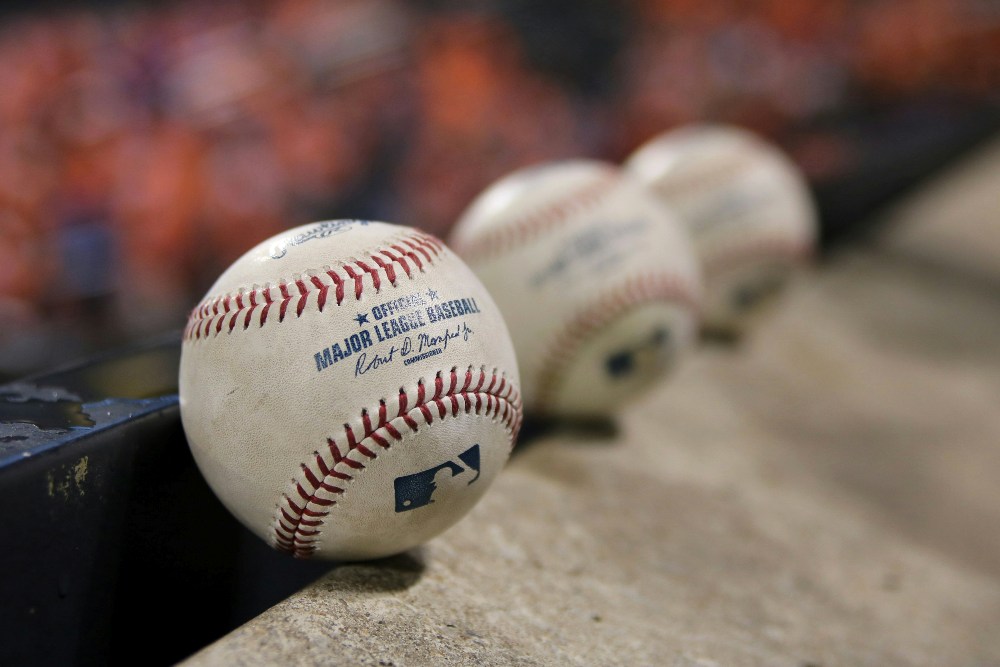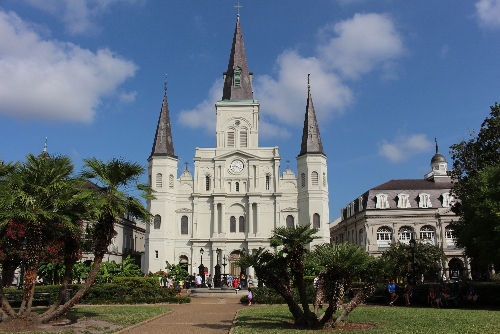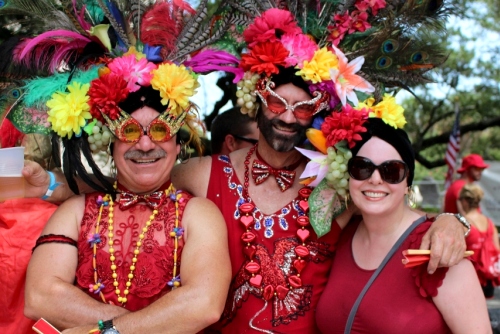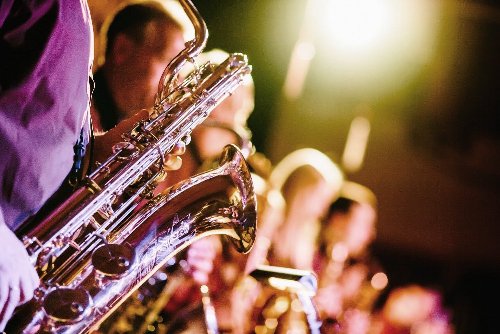
Not every ballpark can be called essential. Some offer flash and spectacle but little staying power, while others preserve something quieter and more enduring. The five stadiums that truly capture the spirit of the game combine tradition with design, setting with crowd, and memory with movement. Stepping into these places does not just mean watching baseball. It means entering a space where time bends slightly, where every crack of the bat feels more alive, and where the rhythm of the game pulses through the stands.
Fenway Park in Boston
Fenway Park does not try to compete with newer stadiums. It never had to. Built in 1912, its narrow seats, quirky angles, and hand-operated scoreboard feel less like flaws and more like part of the charm. The Green Monster in left field looms not as a gimmick, but as a legend that has shaped decades of baseball strategy. Fans who sit in the shadow of its old brickwork do not just watch games. They take part in something historic. Every pitch thrown at Fenway carries the weight of past championships, collapses, and redemptions. It is a park that smells like peanuts and legacy. Arrive early enough to watch batting practice and you may catch the faint hum of nostalgia before the anthem even begins.
Wrigley Field in Chicago
Wrigley Field is built into its neighborhood like a memory that refused to fade. With ivy crawling across the outfield walls and a scoreboard operated by hand, the stadium leans heavily on its past without ever feeling outdated. Unlike many sports venues, Wrigley does not try to overwhelm with screens or noise. It lets the crowd, the game, and the occasional wind off Lake Michigan set the tone. Bleacher seats carry a life of their own, and the rooftop views from nearby buildings still feel like an extension of the event itself. The park's rhythm has a kind of patience, a confidence in tradition that allows the game to unfold as it always has. It is that calm assurance that makes a night or afternoon at Wrigley something worth preserving.
Dodger Stadium in Los Angeles
Dodger Stadium offers something rare: a sense of grandeur without pretense. Perched above downtown Los Angeles with sweeping views of palm trees and distant hills, the stadium makes its mark through simplicity and scale. Opened in 1962, it is the oldest Major League stadium west of the Mississippi and still feels perfectly suited to California baseball. The light hits differently here, especially during golden hour, when the air turns lavender and the crowd settles in for the final innings. Dodger dogs, beachy breezes, and the buzz of transistor radios in the stands blend into a rhythm that feels unmistakably local. This is a place where baseball breathes easily and fans show up with their loyalty quietly worn but deeply felt.
PNC Park in Pittsburgh
PNC Park has mastered the art of framing the game. With its downtown skyline across the Allegheny River and the yellow arcs of the Roberto Clemente Bridge nearby, the stadium offers a visual anchor as elegant as the game itself. It is not just about views, though. The park was designed to feel intimate, with seats close to the field and thoughtful touches that make even a weekday game feel personal. The energy in Pittsburgh is steady and grounded. People come not to be dazzled, but to be part of something familiar and communal. That sense of belonging, coupled with a setting that catches the last light of the day in just the right way, turns a night at PNC Park into a memory before the first pitch is even thrown.
Oracle Park in San Francisco
Baseball at Oracle Park feels cinematic. With San Francisco Bay just beyond the outfield wall and kayakers floating in McCovey Cove waiting for a splash hit, the setting invites not only admiration but also awe. The architecture balances tradition with clean lines, and the breezes off the water keep every inning unpredictable. The fans in San Francisco are tuned in, sharp, and full of character, often blending intensity with affection in a way that brings real charm to the bleachers. Garlic fries and local brews aside, what makes Oracle Park sing is its integration with the city's landscape and its refusal to feel like anywhere else. It is baseball anchored in place, in climate, and in culture.
The spirit of baseball lives in more than stats or standings. It lives in the pause before a pitch, in the crack of a line drive, and in the quiet joy of fans gathered for no reason other than love of the game. These five ballparks do not just host that spirit; they preserve it, honor it, and allow it to evolve without ever letting it slip away. From coast to coast, they offer more than seats. They offer a sense of place and presence that makes every game a little more memorable, no matter what the scoreboard says when the lights go out.
MORE ON THE FLASH LIST
































